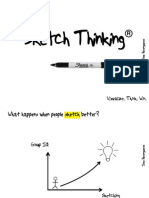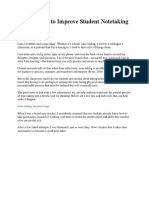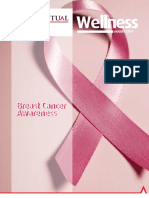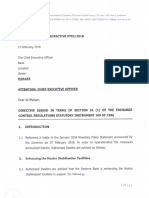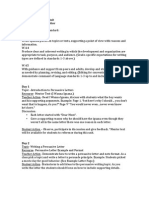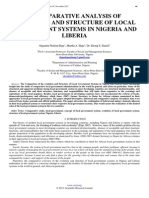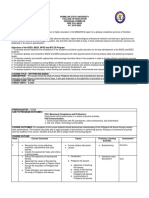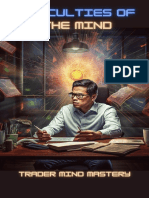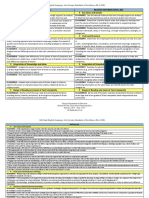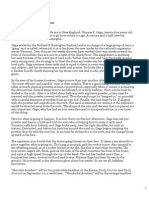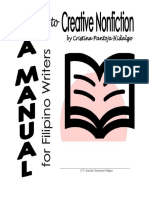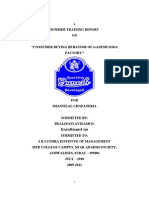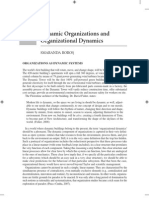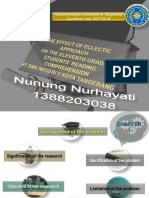100% found this document useful (8 votes)
2K views48 pagesVisual Notetaking
Visual Notetaking
Uploaded by
bmapiraCopyright
© © All Rights Reserved
We take content rights seriously. If you suspect this is your content, claim it here.
Available Formats
Download as PDF, TXT or read online on Scribd
100% found this document useful (8 votes)
2K views48 pagesVisual Notetaking
Visual Notetaking
Uploaded by
bmapiraCopyright
© © All Rights Reserved
We take content rights seriously. If you suspect this is your content, claim it here.
Available Formats
Download as PDF, TXT or read online on Scribd
/ 48



































